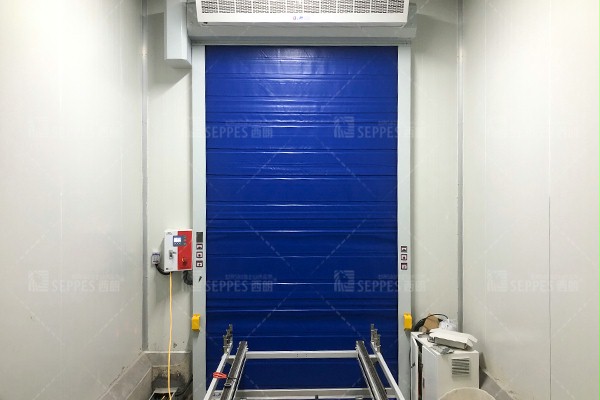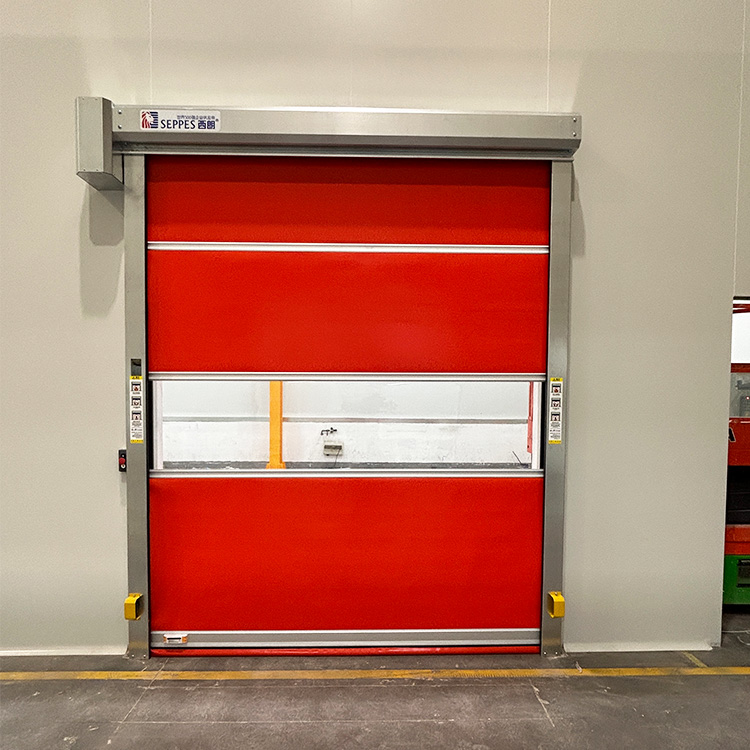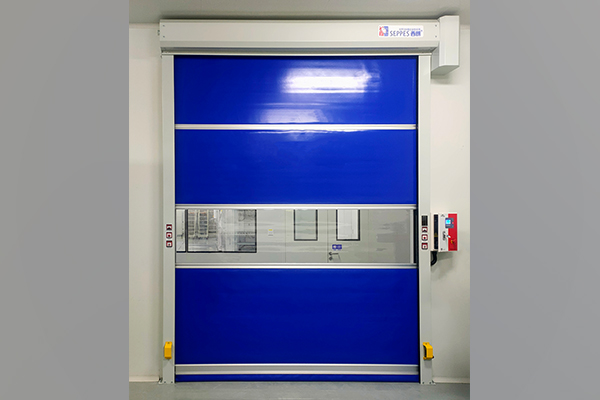Thermal insulation high speed door can be customized according to the size required by customers. They are widely used in warehouses of different sizes, passage entrances, and cold storage areas. They support high-frequency access switches to ensure frequent daily loading and unloading of goods. Quick switch can reduce indoor and outdoor air convection, so as to achieve the effect of energy saving, heat preservation and moisturizing.
Advantages of thermal insulation high speed door:
1. The sealing and heat preservation effect is good. The curtain of the heat preservation high speed door is composed of 0.9mm thick polyester fiber + 3.0mm heat preservation filler curtain, which has good heat preservation performance; there are sealing brushes on both sides of the track, which can reduce noise and increase the sealing effect.
2. Fast isolation and heat preservation The high speed door switching speed can reach 0.8-2.0m/s, and can run thousands of times a day. Fast switching can help reduce energy loss, provide efficient logistics entrances and exits, and maintain the original indoor temperature conditions and cleanliness.
3. Automatic induction, this fast door can be linked with any automatic equipment to open and close. After the goods pass through, it will automatically close, and the time for delay closing can be set; there are also many induction methods to choose from.
4. Safety protection, the thermal insulation fast door has safety photoelectric lights on both sides of the track. When there are people or obstacles under the door body, the door body will not drop, ensuring that people and goods will not be touched by the door body.

The thermal insulation high speed door is a function-enhanced fast door. The curtain is filled with heat-insulating materials. It adopts a built-in sealed track structure and a built-in wind-resistant design. It is fast and suitable for ordinary cold storage areas or special areas that require heat insulation.




Comment (0)